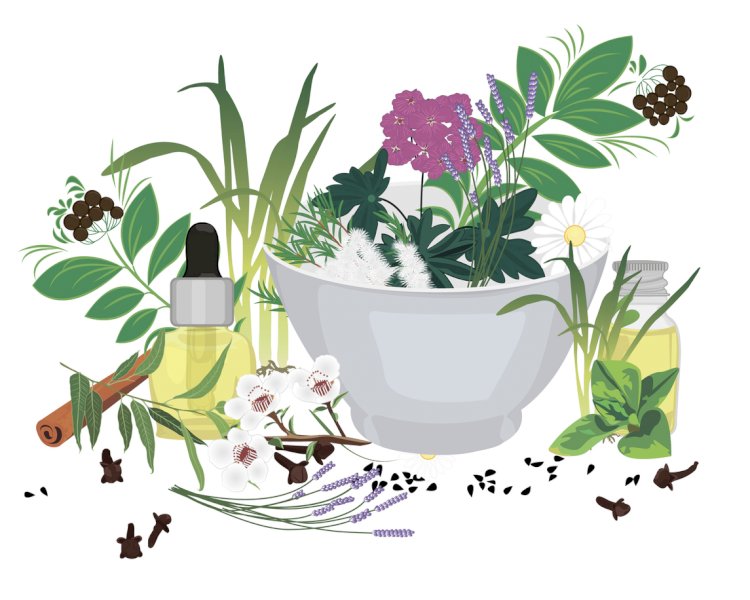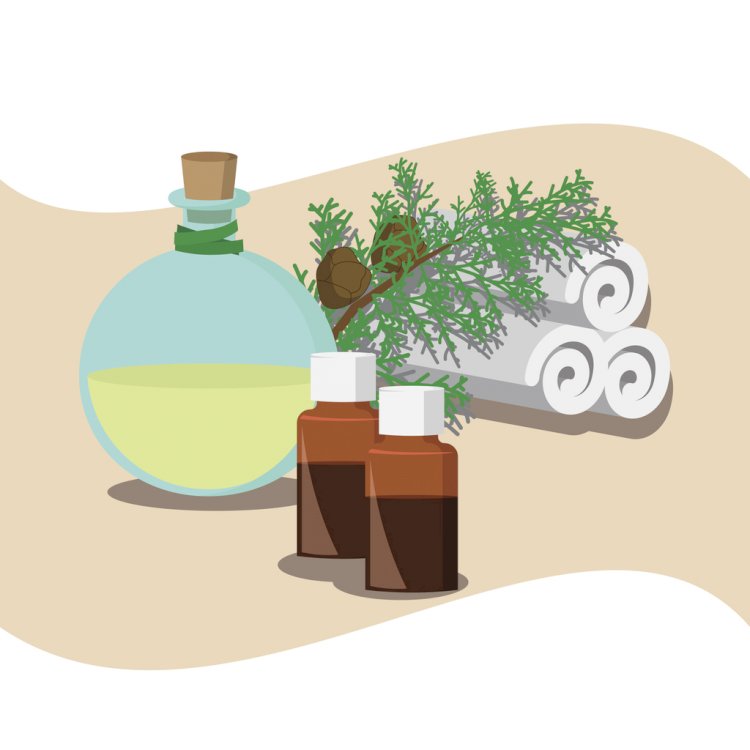Avoiding Food Waste: What to Do with Your End-of-Summer Fresh Herbs
Gardening is an age-old hobby that, whether out of boredom or just a love of planting things, many people have taken up in recent years. Among the easiest things to grow, especially if you’re faced with the limited space of an apartment or more urban setting, is fresh herbs. Basil, dill, cilantro, and parsley all are popular choices for both traditional in-ground and container gardening.

Gardening is an age-old hobby that, whether out of boredom or just a love of planting things, many people have taken up in recent years.
Among the easiest things to grow, especially if you’re faced with the limited space of an apartment or more urban setting, is fresh herbs. Basil, dill, cilantro, and parsley all are popular choices for both traditional in-ground and container gardening.
But as summer transitions to fall, many are left with still-producing plants and tons of fresh herbs they can’t possibly cook with before they all go bad.
If you’re one of these home gardeners who has more herbs than time to use them, here are 6 things you can do to avoid wasting them:
Give Them Away

Save your friends and family a little money and offer up your excess herbs for their use. You can even offer up any additional plantings you may have to anyone who wants to start their own small indoor or container garden.
If you’ve got a severe overabundance and have already sent lots of fresh herbs to your friends and family, consider posting on Facebook Marketplace or other for-sale sites.
Put your herbs in air-tight containers on your porch or in the entryway of your apartment building, and post that you’ve got free herbs for the taking. You can even provide plastic bags (leftover from shopping trips, of course!) or other containers so people can take them home more easily.
You may even want to check with your local food banks and soup kitchens to see if they would accept donations of fresh herbs to use in their cooking or distribute to their clients.
Freeze Them
If you’ve ever had to spring for the pricey fresh rosemary from the grocery store during the winter months, you know how handy - and inexpensive - freezing your leftover herbs can be.
While you can freeze the herbs themselves, flat and in plastic zip-top bags, you run the risk of them getting freezer burnt this way.
Instead, chop or break the herbs into smaller pieces and put them in an ice cube tray. Then, fill the tray with olive oil and freeze until solid. You can pop the individual cubes out of the tray and store in zip-top bags or other airtight freezer-safe containers.
These herb-and-oil cubes are great starters to soups, stews, and roasts, and freezing the herbs in oil keeps them from getting freezer burnt.
Keep in mind that this method works best for the hardier herbs such as rosemary, sage, oregano, and thyme.
Dry Them

Make your own dried spice blends by getting good at the age-old herb preservation method: Drying.
While you can dehydrate your herbs in a dehydrator, there’s a much easier - and more fragrant - way to dry them that takes no equipment at all.
Tie small sprigs or branches of herbs into bundles with twine, string, or ribbon. Hang them upside-down from rafters or hooks in a place that has good airflow. Make sure that the herbs don’t touch the walls or other furniture, or they won’t dry completely.
Depending on the size of your bundles and the humidity level, the bundles may take 8 to 10 days to dry completely. You can speed up the process by laying each herb out separately on cheesecloths and store for 2 to 3 days in a warm, airy spot out of direct sunlight.
Once dry, you can store the dried sprigs in airtight containers, or grind them up and store in small jars.
Make Sauces & Spreads
If you’re in the mood to create food with your herbs before they go bad, consider making large batches of sauces and spreads that can store for a while or be given away.
Pesto is a great, easy sauce to make, and can use up tons of fresh basil. You even can change up the flavor of your pesto by combining different herbs, such as cilantro, parsley, and arugula. Store in an airtight jar in the refrigerator, or can to make it more shelf-stable.
Compound butter also is a great option, and can make a fantastic addition to plain old bread or on a steak. You even can freeze compound butter for up to 9 months if you wrap it tightly in plastic wrap and store in an airtight container.
Another option, especially if you’re looking for an incredibly versatile sauce and need to use up a ton of herbs, is to make chimichurri sauce.
Use this sauce as a marinade, a dressing, or a dipping sauce. Spoon it over eggs or mix into pasta salad. And, if you crave a dressed-up sandwich for lunch, mix some chimichurri into mayonnaise and spread on your bread.
Infuse Olive Oil & Vinegar

After you’ve dried your herbs - making sure there’s no lingering water in them - place them in a jar or other bottle to infuse olive oil or vinegar.
You can use most any vinegar, but lighter-flavored ones such as champagne and red wine vinegar are best for infusions.
Place the dried herbs - about ½ cup of herbs for every 2 cups of olive oil or vinegar - and sealthe container. Shake and store in a cool, dark place for about two weeks before using. Taste for flavors and add more herbs if necessary.
Infused vinegar and olive oil will last for up to six months (but make sure to store your vinegar in the refrigerator) and is great on salads, meats, pasta, and more.
If you have an overabundance of herbs you want to use in this way, consider making infused olive oils and vinegars to give away as gifts to friends and family.
Replant Them
Buying new herb plants every spring doesn’t have to be part of your routine. And neither does buying expensive fresh herbs from the store during the winter months. Instead, you can keep growing fresh herbs year after year by properly bringing them indoors.
Before you bring an herb plant indoors, check it thoroughly for any insects. Flush the soil with water to rinse off the foliage and run water over the leaves themselves to get rid of any insects.
Herbs that grow in clumps, such as oregano, marjoram, and thyme can be divided into well-rooted clumps for transplanting. Those that grow more shrub-like, such as sage and rosemary, can be more difficult to dig up and you may want to grow them in containers as a rule so they can be easily taken indoors and outdoors.
When you go to plant them, select a container large enough to accommodate the herb’s root ball and have a little room for growth. Place a layer of potting mix on the bottom of the pot, place the herb on top, and then fill in the spaces around the roots with more potting mix.
Once you’ve settled her herbs in their containers, water them until water drains out of the bottom of the pot.
Give your herbs some time to acclimate to the indoors, easing them inside by setting them in a spot with indirect sunlight. After a few weeks, move the pots to a spot that will get at least four hours of sun or bright light daily.
Be sure to water your plants, but not too much, and turn them once a week to help all sides get enough light.
If you want to maintain a fresh winter supply of soft-stem herbs such as basil, lemon balm, and mint, take cuttings of each plant throughout the winter. Place the cuttings in a small vase of water where they can develop roots. Once the roots are a couple inches long, plant the cuttings.
Cloud-based Property Management Software
As a property manager or landlord, it takes a lot of time to keep track of all the things on your to-do list, especially if you manage multiple properties. With Sugu, a cloud-based software platform you can access from anywhere, you can manage your finances, communications, tasks, maintenance requests, and more from any computer or mobile device. Try Sugu today!

 contact@atassist.com
contact@atassist.com 





